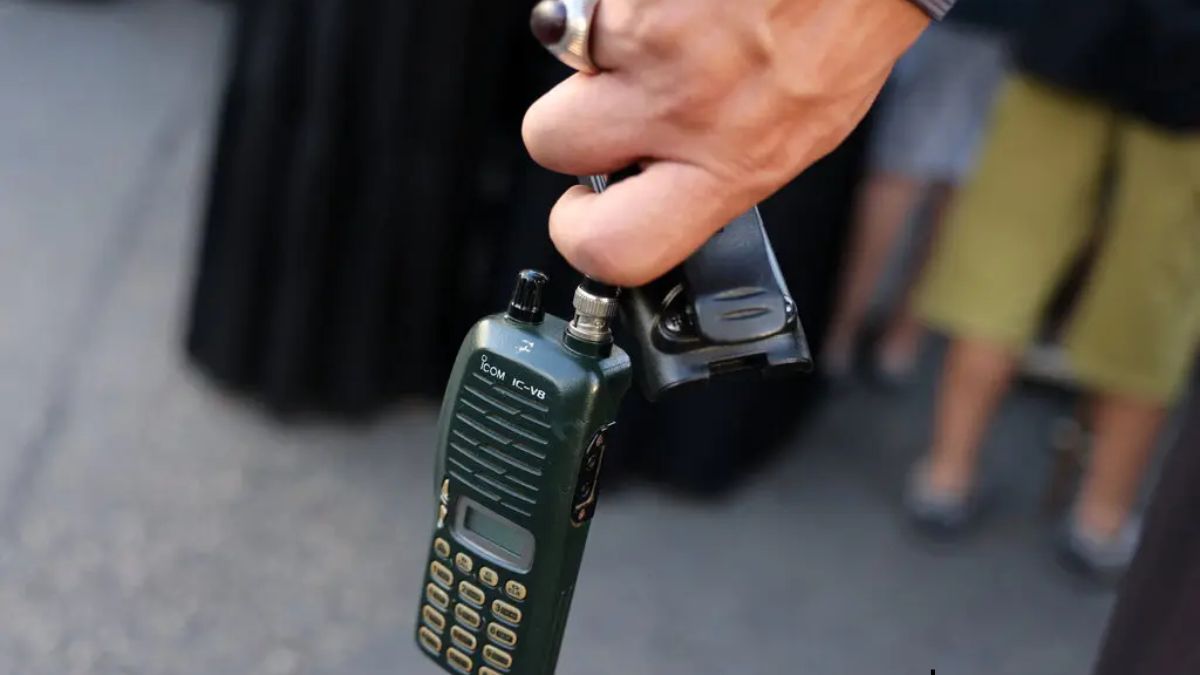Yahya Ayyash, a name once consigned to history, has suddenly burst back into the public spotlight after a series of devastating pager explosions rattled Lebanon on September 17. The first round of blasts killed 12 people and wounded more than 2,800. The following day, another wave of detonations using walkie-talkies claimed at least 20 more lives and injured over 450. While the audacity of the attack shocked many, the tactic itself was not entirely new. Although Israel has neither confirmed nor denied involvement—consistent with its typical policy—evidence suggests Mossad, Israel’s intelligence agency, is the likely architect behind such a sophisticated operation.
The sinister use of telecommunications in covert warfare first gained global attention in 1996 with the assassination of Yahya Ayyash, Hamas’s infamous bombmaker, also known as “The Engineer.” Ayyash was killed in an Israeli operation that involved rigging his mobile phone with explosives, detonated remotely during a call with his father in the West Bank. This marked the first documented use of telecommunications technology in a targeted assassination, laying the foundation for future covert strikes.
The success of the operation highlighted the potential of telecom systems not only for intelligence gathering but for direct lethal action. By intercepting signals from a simple phone call, Israeli intelligence confirmed Ayyash’s identity before remotely detonating the explosives. The meticulous execution—timed to strike when Ayyash was most vulnerable—showcased the emerging precision capabilities of modern warfare through telecom infiltration.
Drone strike on Saleh al-Arouri
The strategic use of telecom-based weapons did not stop with Ayyash. In January 2024, Israeli forces launched a drone strike targeting senior Hamas official Saleh al-Arouri in the southern suburbs of Dahiyeh, Beirut. Al-Arouri, a key figure in establishing the Qassam Brigades, was killed alongside six others after a Wi-Fi-enabled device was tracked in Hamas’s office.
Impact Shorts
More ShortsThe Wi-Fi connection allowed Israeli intelligence to pinpoint the exact location of the operatives. According to Lebanese media, the moment the computer connected to the internet, it acted as a beacon for the strike, demonstrating the advanced surveillance and signals intelligence (SIGINT) capabilities that now underpin modern covert warfare.
This strike serves as a stark reminder that telecom-based warfare has grown increasingly sophisticated since Ayyash’s assassination. Signals intelligence and digital footprints have become critical tools for locating and eliminating high-profile targets. The evolution from mobile phones to internet-connected devices illustrates how the battleground has expanded to encompass a wider range of technologies that insurgent groups rely on for communication.
Tactical advantages of telecom weaponisation
Weaponising telecommunications for lethal operations offers clear tactical advantages. Real-time tracking and remote detonations enable precision strikes without the need for on-the-ground human assets, reducing risk to operatives. In both Ayyash’s assassination and the drone strike on al-Arouri, the lack of traditional military engagement limited collateral damage—an essential factor in sensitive political environments. This method ensures focused, stealthy operations that neutralise high-value targets while avoiding broader escalation or civilian casualties.
The recent pager and walkie-talkie explosions in Lebanon serve as a grim reminder of how telecommunications devices continue to be weaponised. As insurgent groups and adversaries diversify their methods of communication, intelligence agencies are evolving their techniques to intercept and exploit these devices. Advances in telecom technology—whether phones, pagers or Wi-Fi—present militaries with new opportunities to blend signals intelligence with lethal force.
A legacy of telecom warfare
Mossad’s assassination of Yahya Ayyash in 1996 signalled a major shift in how telecommunications could be weaponised for precision-targeted killings. Technology was no longer confined to intelligence gathering. It had become a direct tool for executing covert operations. The recent pager and walkie-talkie explosions in Lebanon show that this trend has only intensified with a broader array of telecommunications tools being utilised for similar purposes.
As technology continues to evolve, intelligence services and military forces worldwide are exploiting telecom infrastructure for both intelligence gathering and fatal strikes. Whether through mobile phones, internet connections or even seemingly outdated devices like pagers, the telecommunications space has become an operational theatre where the flow of information can determine life and death.
The weaponisation of telecommunications, pioneered by Mossad in the assassination of Yahya Ayyash, has become a cornerstone of modern covert warfare. From mobile phones rigged with explosives to Wi-Fi-enabled devices facilitating drone strikes, telecommunications are now central to both intelligence operations and lethal military actions.


)

)
)
)
)
)
)
)
)



